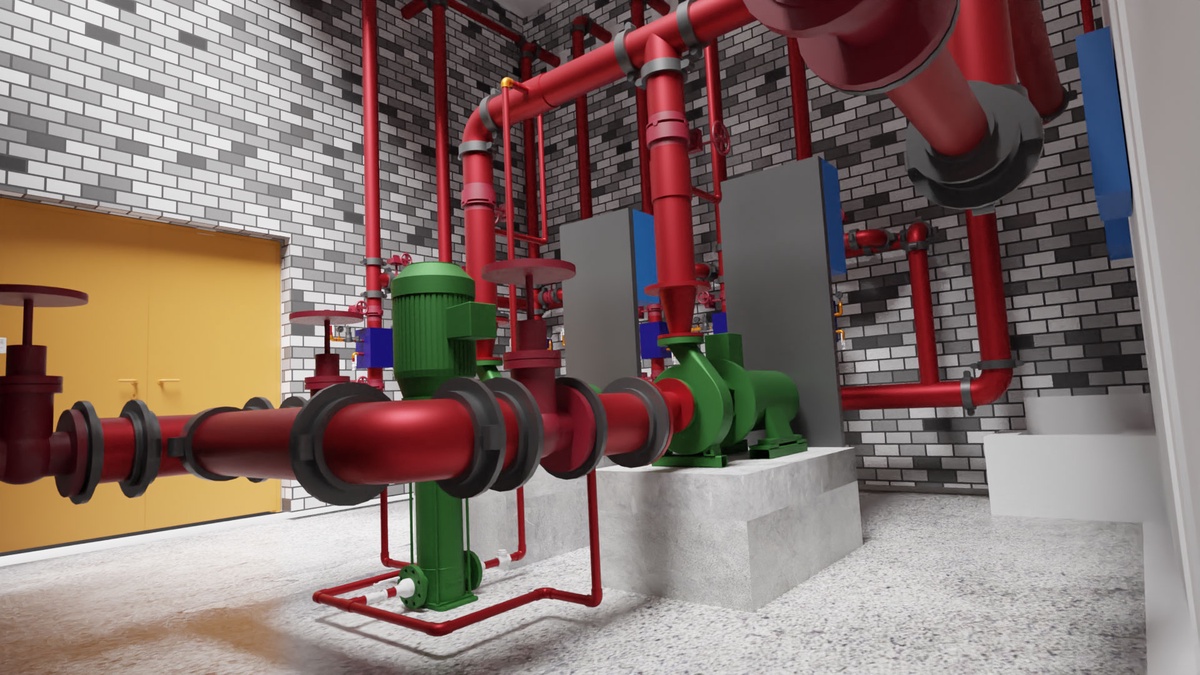MEP (Mechanical, Electrical, and Plumbing) services play a crucial role in the functionality and sustainability of buildings. From ensuring proper ventilation and lighting to efficient water supply and waste management, MEP systems are the lifeline of any structure. This blog explores the fundamental principles underlying the design and implementation of MEP services, highlighting key considerations and best practices.
Understanding MEP Services
MEP services encompass a broad range of systems essential for the operational efficiency and comfort of buildings. Mechanical systems regulate heating, ventilation, and air conditioning (HVAC); electrical systems provide power distribution, lighting, and security; while plumbing systems handle water supply, drainage, and fire protection. Understanding the interplay between these systems is crucial for effective design and integration.
Design Principles
Effective MEP design begins with a thorough understanding of building requirements, local codes, and environmental considerations. Designers must optimize space utilization, energy efficiency, and cost-effectiveness while ensuring compliance with safety and sustainability standards. Collaboration between architects, engineers, and other stakeholders is essential to develop integrated solutions that meet the needs of occupants and owners.
Integration and Coordination
MEP systems are interconnected and must be seamlessly integrated into the building's architecture and structure. Coordination between different disciplines is vital to avoid conflicts and optimize space utilization. Building Information Modeling (BIM) technology facilitates collaboration by creating a digital representation of the building and its MEP systems, allowing designers to identify and resolve clashes before construction begins.
Energy Efficiency
Energy consumption is a significant concern in buildings, accounting for a large portion of operational costs and environmental impact. MEP designers employ various strategies to enhance energy efficiency, such as selecting high-efficiency equipment, optimizing system layouts, and incorporating renewable energy sources like solar panels and geothermal heat pumps. Energy modeling tools help assess the performance of MEP systems and identify opportunities for improvement.
Sustainability and Green Building Practices
Sustainable design principles are increasingly integrated into MEP services to minimize environmental impact and enhance occupant comfort. Green building practices focus on reducing resource consumption, minimizing waste, and promoting renewable energy use. MEP designers incorporate features like passive heating and cooling, rainwater harvesting, and graywater recycling to achieve sustainability goals and earn certifications like Leadership in Energy and Environmental Design.
Maintenance and Lifecycle Management
Proper maintenance is essential to ensure the long-term performance and reliability of MEP systems. Designers must consider ease of maintenance during the design phase, specifying accessible equipment locations and clear service routes. Building owners should implement proactive maintenance programs to identify and address issues promptly, extending the lifespan of equipment and minimizing downtime.
Technological Advancements
Advancements in technology are transforming the field of MEP services, offering innovative solutions to enhance efficiency, comfort, and safety. Smart building technologies leverage sensors, actuators, and data analytics to optimize system performance, monitor energy usage, and provide predictive maintenance. Integration with Building Management Systems (BMS) allows for centralized control and remote monitoring of MEP systems, improving operational efficiency and responsiveness.
Conclusion
MEP services are integral to the design, construction, and operation of buildings, ensuring functionality, comfort, and sustainability for occupants. By adhering to fundamental design principles, embracing technological advancements, and prioritizing energy efficiency and sustainability, MEP designers can create innovative solutions that meet the evolving needs of the built environment while minimizing environmental impact. Collaboration between stakeholders, ongoing maintenance, and a commitment to continuous improvement are key to realizing the full potential of MEP systems in building design and implementation.


No comments yet